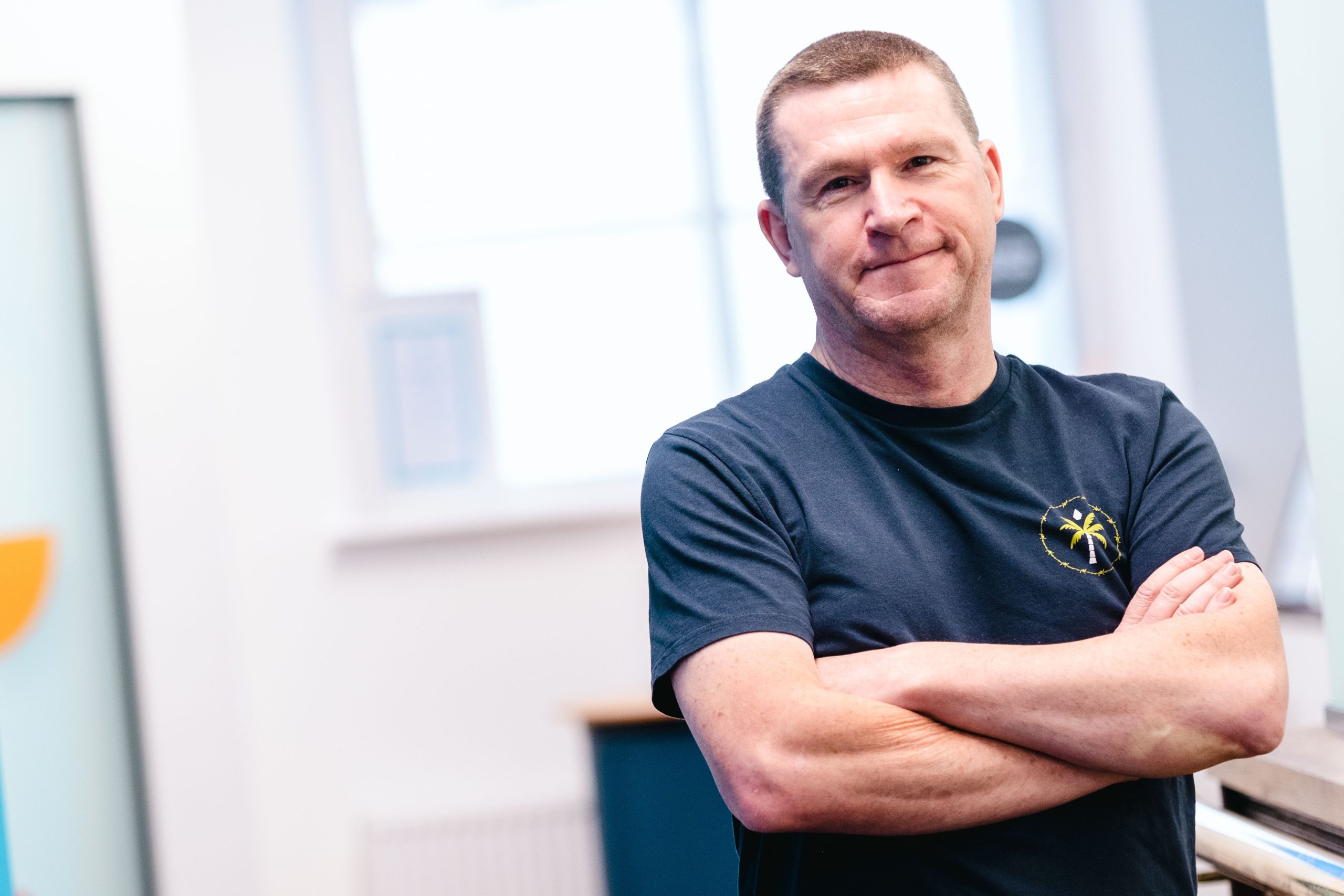The Series A funding round is a classic example of ‘fail to prepare, prepare to fail’.
To prevent yourself from failing, having clarity over your goals and the journey needed to achieve them, is vital.
You can help yourself by setting Objectives and Key results (OKRs) focused on your series A round and within this blog we’ll cover how you can do exactly that!
Seed Funding vs Series A
On the investment line, seed is usually the first step, pre-revenue (yes, we know, you can have pre-seed and more than one seed round) aiming to get you to the point where you can grow. Valuation has a large element of ‘hope value’.
Sometimes Seed is the last step as well as the first, but for occasions where this isn’t the case Series A takes over.
Series A is bigger it needs you to have traction, product, and a clear plan to attract would-be investors. It can be bigger because your traction will have added significant value to your business.
You’ll note we haven’t quoted any figures here, that’s as there’s no value at which Seed stops and Series A takes over. We’ve seen plenty of overlaps!
Seed funding can come from a number of sources, Series A will almost invariably come from institutional investors, and they will want to clearly understand how their investment will succeed.
Why use OKRs?
OKRs are an aid you can use to create a clear plan, in line with your investor’s requirements. Let’s break it down.
Think of OKRs as grown-up KPIs! They enable you to focus on genuine metrics and facilitate achievement of objectives.
An objective is aspirational, but clearly stated and easily understood. A key result is measurable – determining how you know you have met your objective. A task or effort identifies the activities you need to complete to deliver the key results.
Start with an exit plan
There needs to be an exit plan. This will include a clear vision of where the business is going and what you want it to be.
Remember if there’s no vision, there’s no plan and without a plan, there’s no OKRs – which is likely to result in no investment.
The vision may be for years ahead, typically 5 to 7 years for funded businesses. Completing the journey is a series of steps, and OKRs will help you measure those steps over time, typically planned for the next 12 months.
Use and monitor your OKRs
OKRs deliver a framework to monitor the progress of your plan. They don’t deliver the plan, they merely give direction and prioritisation.
Much of your investor discussions may focus on the numbers, but the OKRs dictate the activities and behaviours that deliver those numbers.
OKRS are merely one tool in the box that you need. They are supportive of delivering the vision but need to be supported themselves.
No plan is delivered without agreed accountabilities and responsibilities. No-one is held accountable if there’s no regular forum for measuring progress and performance.
How to avoid failing with your OKRs
OKRs are fairly simple in concept but getting them right for your business can at times be frustrating! Be patient and accept that there is a learning curve if newly implementing. If you don’t invest enough time in the definition or the execution, they won’t work for you. Articulating and prioritising is not easy.
Avoid having too many key results
Don’t come up with too many key results. Not everything is ‘key’. Concentrate on what’s important. For example, pick one financial measurement, one team based, and one client focussed. If you pick the right ones, everything else will feed into those results anyway.
You need good core data and a means of measuring. If you can’t regularly measure progress to a key result, you other have the wrong KR or, more likely, need to review your processes to ensure you do have the data.
Apply discipline
OKRs can fail through lack of discipline. Accountability is one thing, enforcement is another. As a group you must support each other but hold each other accountable.
Get your targets correct
Your targets must be achievable but challenging and it’s important to remember that it’s okay not to hit the desired KR. Perceived wisdom is that 70% shows good progress.
Prioritise your activities
Being distracted by bright and shiny things, if a new prospect comes up, think “does this help us reach our objective(s) or a KR?”. If not, stick it on the shelf for now.
How do Blu Sky use OKRs?
Here at Blu Sky we have layers. A vision. A high-level plan, annual OKRs, defined accountabilities, a regular accountability update cycle (i.e. weekly meetings – keep ‘em short and snappy) and we back up the annual OKRs with quarterly OKRs.
I’ll never forget something I was told many, many years ago “how does a project get two years behind schedule? One day at a time.”
With the right mindset and preliminary planning work they give clear focus and direction. OKRs can and should be shared team-wise and should cascade down into departmental and individual objectives.
They help keep the team on the same bus and aid understanding of how what an individual does contributes to the greater goal – a necessary component of building a high performing team.
Need help with Series A funding and OKRs?
You know where we are! Don’t hesitate to get in touch, we’d be happy to help.




